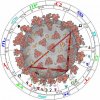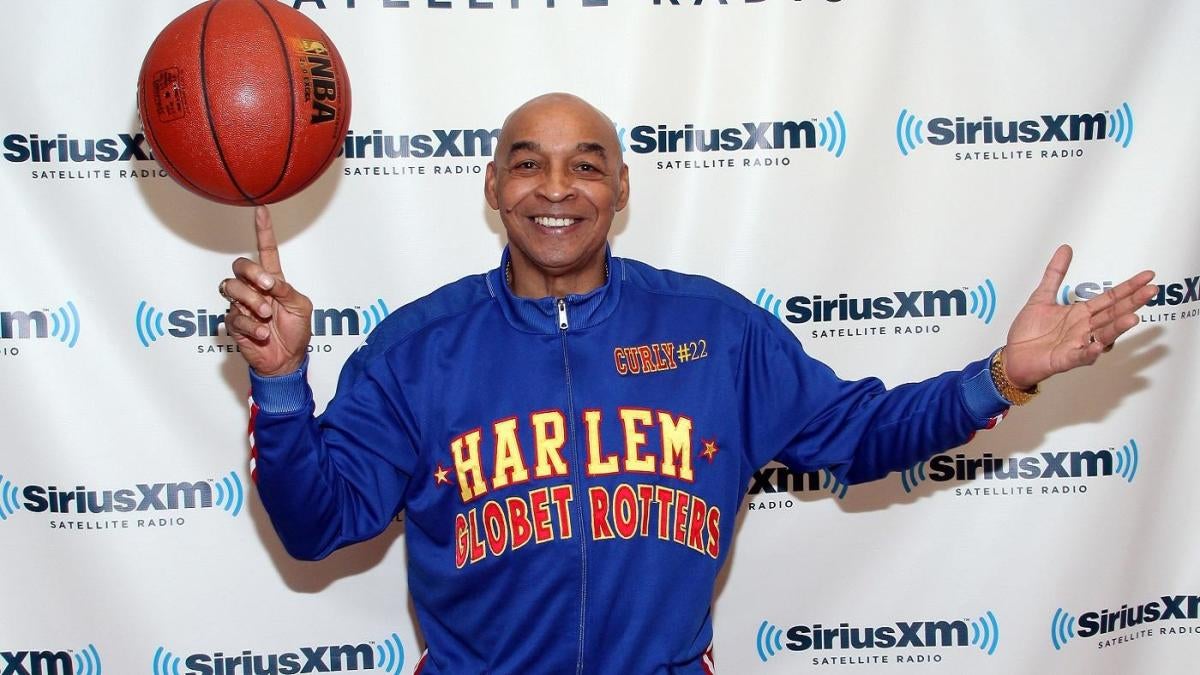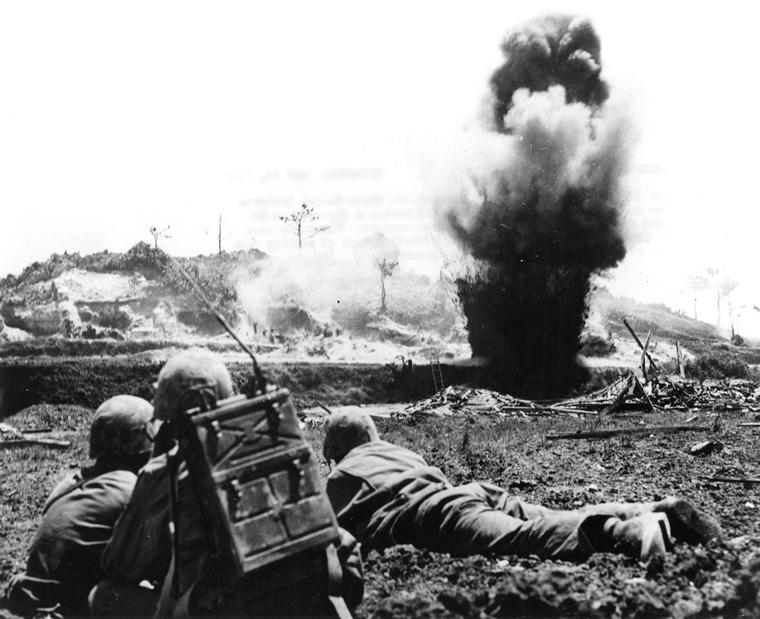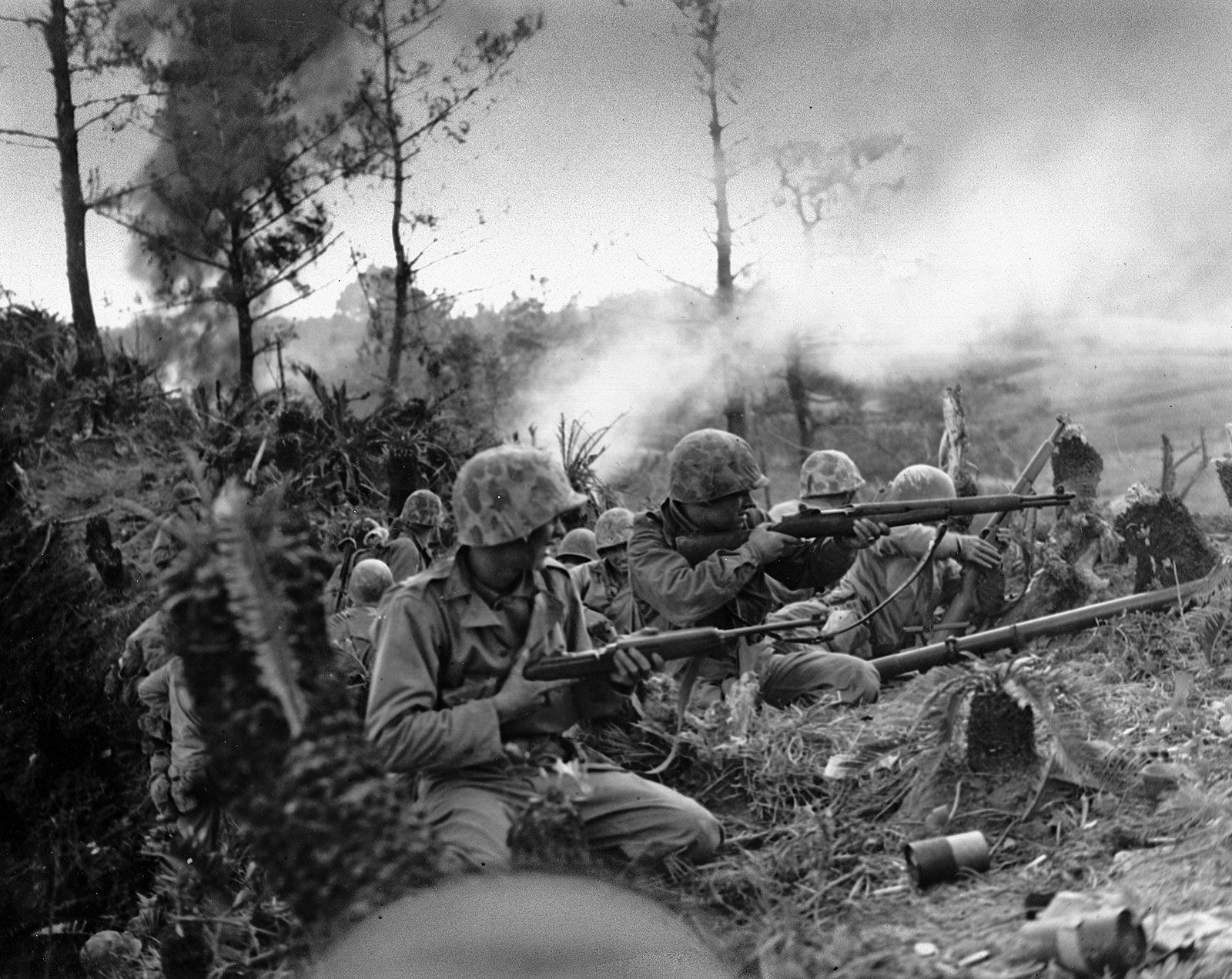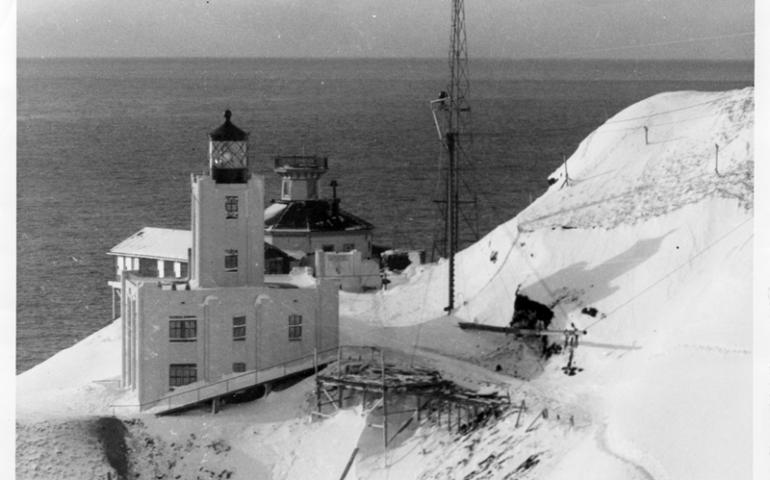raratt
Well-Known Member
Randy Rhodes dies in a plane crash, 1982.
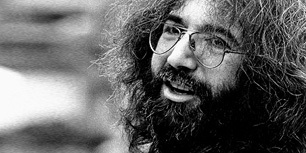
 www.rollingstone.com
www.rollingstone.com

100 Greatest Guitarists: David Fricke's Picks
David Fricke picks the best and most influential guitarists in rock – from Jerry Garcia and Joan Jett to B.B. King and Jimi Hendrix.

